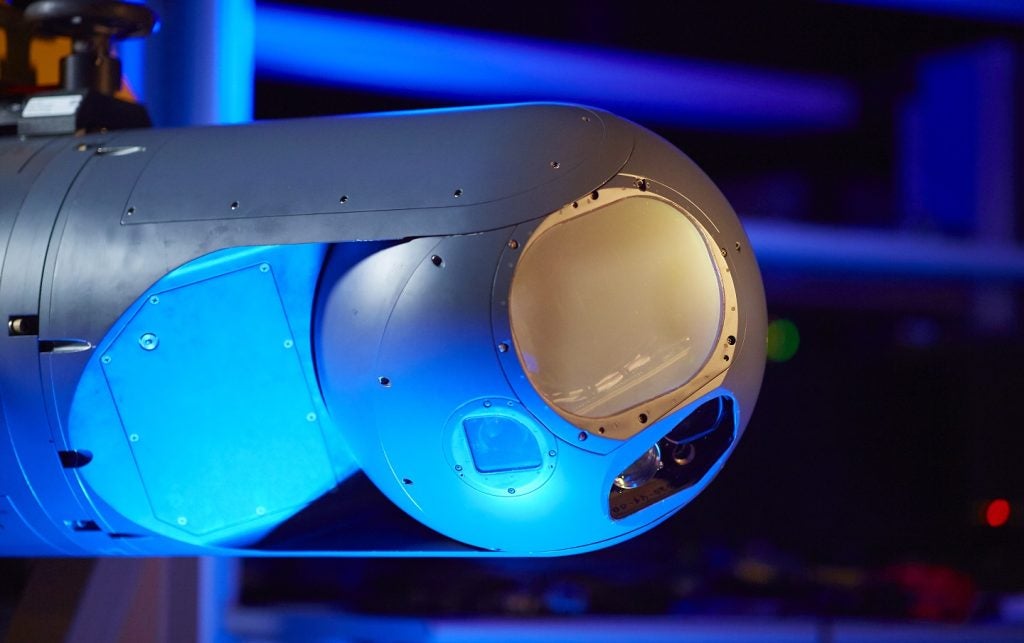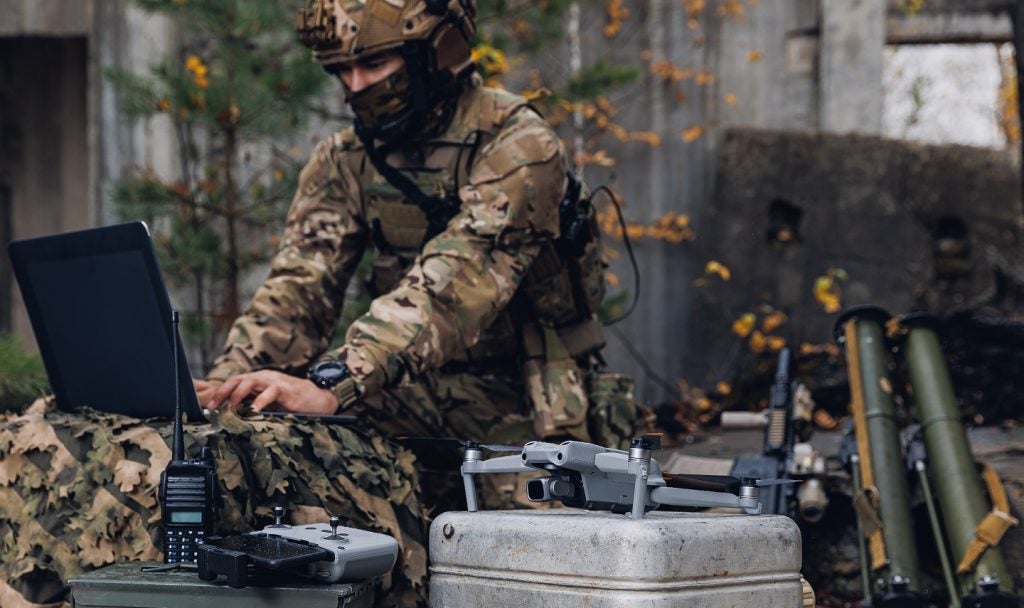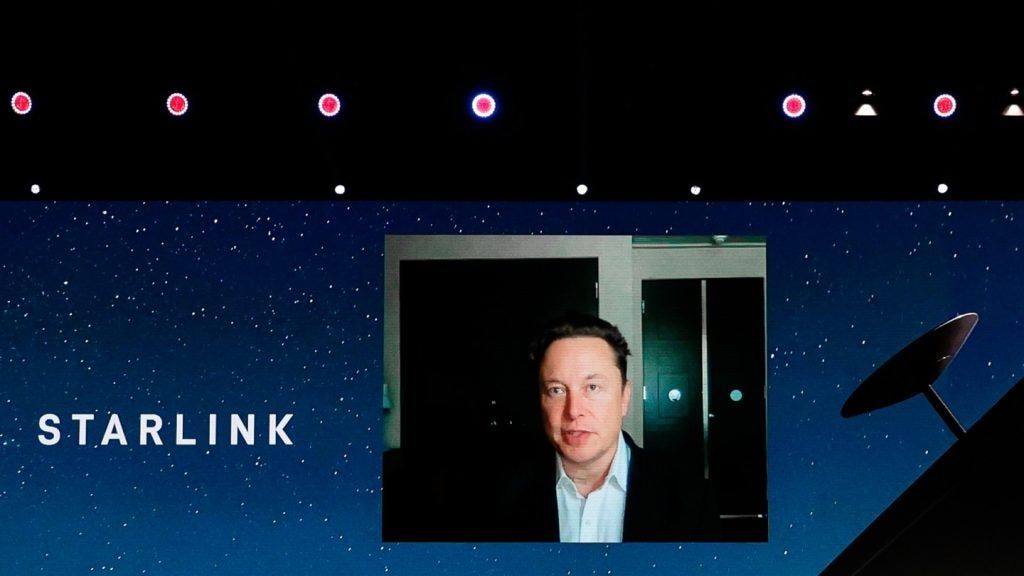The US Air Force has selected Northrop Grumman's LITENING Large Aperture targeting pod to improve its existing fleet, ushering in new precision targeting and surveillance.
The technology aims to enhance mission success rates through improved range, resolution, and operational versatility.
Unlike conventional targeting pods, the LITENING LA has features such as digital high-definition daylight and infrared sensors, multi-wavelength imaging capabilities, and faster video processing. These enhancements enable aircrews to detect, acquire, and track targets from greater stand-off ranges, ensuring situational awareness and target identification in challenging environments.
Northrop Grumman's LITENING advanced targeting pod is used by the Royal Danish Air Force (RDAF) and has been tested by the US Navy. For the RDAF's F-16 Fighting Falcon fleet, Northrop Grumman was contracted to equip the aircraft with LITENING pods, enhancing their targeting and intelligence, surveillance, and reconnaissance (ISR) capabilities. Similarly, Northrop Grumman collaborated with the US Navy to test the Litening pod on the F/A-18 Super Hornet.
James Conroy, vice president of Electronic Warfare and Targeting at Northrop Grumman, expressed confidence in the potential of the LITENING LA, stating, "Just as the first LITENING targeting pod transformed close air support more than 20 years ago, LA's passive targeting capabilities have the potential to change the way pilots approach combat in high-intensity conflicts."
One of the most noteworthy features of the LITENING LA is its ability to operate with existing aircraft inventory, requiring no modifications for integration. This cost-effective solution allows for swift deployment across various platforms, ensuring aircrews can capitalise on its capabilities without delay. Furthermore, the LITENING LA is designed with provisions for incorporating artificial intelligence and machine learning technologies.











